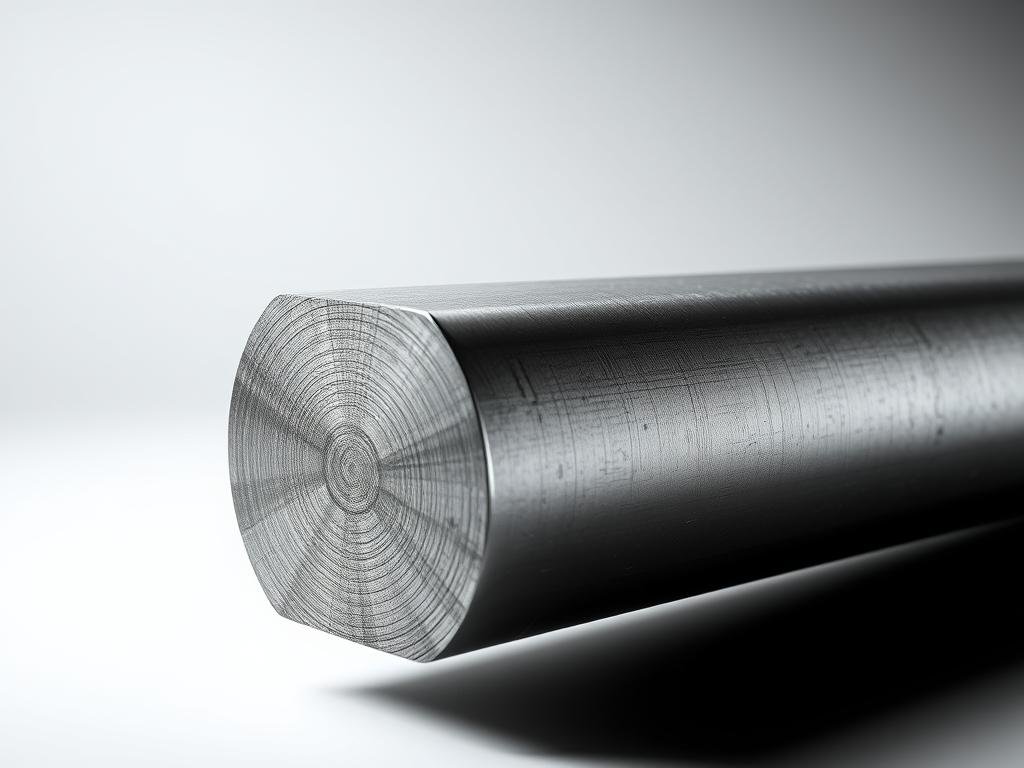Understanding the properties of acciaio è fondamentale per gli ingegneri che lavorano su vari progetti di costruzione. Una proprietà chiave è la sua densità, che influisce significativamente sulla resistenza e sulla durabilità del materiale.
With a density of approximately 7.85 g/cm³, acciaio is a reliable choice for demanding applications. This comprehensive guide will explore how density affects acciaio‘s performance in different engineering contexts, from structural components to specialized industrial uses.
By grasping the concept of density and its implications, engineers can make informed decisions about material selection, weight calculations, and structural design considerations, ultimately leading to more efficient and safe projects.
Understanding Density in Material Science
Understanding density is vital in material science because it reveals the relationship between a material’s mass and its volume. Density is a fundamental property that helps engineers and scientists understand how materials behave under different conditions.
The Concept of Density
Density is defined as the amount of mass per unit volume of a substance. It is calculated using the formula ρ = m/V, where ρ is density, m is mass, and V is volume. This property is considered “intensive,” meaning it remains constant regardless of the amount of material present. In simple terms, density tells us how tightly the mass of an object is packed into the space it occupies.
Density Measurement Units
Density can be expressed in various units, depending on the system of measurement being used. In the metric system, common units include grams per cubic centimeter (g/cm³) and kilograms per cubic meter (kg/m³). In the imperial system, density is often measured in pounds per cubic inch (lb/in³) or pounds per cubic foot (lb/ft³). Understanding these units is crucial for accurate calculations and comparisons.
The Density of Steel: Standard Values
Steel density is a critical factor in determining the suitability of steel for various engineering applications. The density of steel, which is typically around 7.85 g/cm³ or 7850 kg/m³ (490 lb/ft³), is a fundamental property that influences its use in construction, oil, and infrastructure projects.

Average Density of Steel
Most steel types have a density of approximately 7.85 g/cm³. This value is relatively consistent across different types of steel, although slight variations can occur due to differences in composizione chimica and manufacturing processes.
Comprendere la densità media dell'acciaio è essenziale per gli ingegneri per prevedere il comportamento del materiale e prendere decisioni informate sulla scelta del materiale per applicazioni specifiche.
Fattori che influenzano la densità dell'acciaio
Several factors can affect the density of steel, including:
- Chemical composition: The presence of alloying elements can alter the density of steel.
- Crystalline structure: Changes in the crystalline structure due to heat treatment can influence density.
- Impurities: The presence of impurities can also affect the density of steel.
By understanding these factors, engineers can better predict how different types of steel will perform in various applications, ensuring the selection of the most appropriate material for their needs.
How Carbon Content Influences Steel Density
Carbon content plays a crucial role in determining the density of steel alloys. The presence of carbon affects the crystalline structure of steel, thereby influencing its overall density.
Low Carbon Steel Density
Acciaio a basso contenuto di carbonio, noto anche come acciaio dolce, contiene tipicamente meno dello 0,301% di carbonio. Questo tipo di acciaio mantiene una densità di circa 7,8 g/cm³. Il contenuto di carbonio relativamente basso garantisce buona duttilità e formabilità, rendendolo adatto a diverse applicazioni.
| Contenuto di carbonio (%) | Densità (g/cm³) | Proprietà |
|---|---|---|
| 0.10-0.30 | 7.8 | Good ductility, formability |
Densità dell'acciaio al carbonio medio e alto
L'acciaio al carbonio medio contiene tra 0,30% e 0,60% di carbonio, mentre l'acciaio ad alto contenuto di carbonio contiene tra 0,60% e 1,00% di carbonio. Man mano che aumenta il contenuto di carbonio, la densità dell'acciaio viene influenzata, e la sua resistenza e durezza migliorano. Tuttavia, un contenuto di carbonio più elevato può portare a una riduzione della duttilità.
| Contenuto di carbonio (%) | Densità (g/cm³) | Proprietà |
|---|---|---|
| 0.30-0.60 | 7.85 | Balanced strength, hardness |
| 0.60-1.00 | 7.9 | High strength, hardness, low ductility |
Density Variations Across Steel Types
Le qualità dell'acciaio hanno valori di densità distinti che influenzano le loro prestazioni in diverse applicazioni. Comprendere queste differenze è fondamentale per gli ingegneri per prendere decisioni informate nella scelta dei materiali.

Caratteristiche dell'acciaio al carbonio
Carbon steel, being the most commonly used steel type, has a density of approximately 7850 kg/m³. This density is influenced by its composition and crystalline structure. The carbon content in steel affects its density, with varying carbon percentages resulting in different density values.
Proprietà dell'acciaio inossidabile
La densità dell'acciaio inossidabile varia tipicamente da 7,7 a 8,0 g/cm³. Le qualità austenitiche come 304 e 316 hanno densità intorno a 7,93-7,98 g/cm³. L'aggiunta di cromo, nichel e altri elementi non solo migliora la resistenza alla corrosione, ma influisce anche sui valori di densità.
Alloy Steel Variations
Alloy steels have densities that vary based on their specific alloying elements, typically ranging from 7.75 to 8.05 g/cm³. Elements such as manganese, silicon, nickel, chromium, and molybdenum influence both density and other mechanical properties of alloy steels.
These density variations across steel types have significant implications for material selection in engineering applications. By understanding the density characteristics of different steel grades, engineers can better balance density considerations with other performance requirements.
Calculating and Converting Steel Density
The ability to accurately calculate and convert steel density is vital for engineers to make informed decisions in their projects. Steel density is a critical property that affects the structural integrity, material requirements, and overall cost of a project.
The Density Formula
To calculate the density of steel, engineers use the formula: Density (D) = Mass (M) ÷ Volume (V). Here, Density (D) is measured in kilograms per cubic meter (kg/m³), Mass (M) is measured in kilograms (kg), and Volume (V) is measured in cubic meters (m³).
Converting Between Metric and Imperial Units
Engineers often need to convert between metric and imperial units. Key conversion factors include: 1 g/cm³ = 1000 kg/m³ and 1 lb/in³ = 27,679.9 kg/m³. Understanding these conversions is crucial for working with different measurement systems.
Esempi pratici di calcolo
For example, to calculate the mass of a steel component with a volume of 0.5 m³ and a density of 7850 kg/m³, we use the formula: Mass = Density × Volume. Thus, Mass = 7850 kg/m³ × 0.5 m³ = 3925 kg. Such calculations are essential for determining material requirements and estimating shipping weights.
Conclusione: Perché la densità dell'acciaio è importante per le applicazioni ingegneristiche
Come abbiamo esplorato in tutto questo articolo, densità dell'acciaio è una proprietà fondamentale che influisce sulla progettazione ingegneristica. Comprendere la densità dell'acciaio, tipicamente intorno a 7,85 g/cm³, è fondamentale per diverse applicazioni in edilizia, produzione e ingegneria.
Conoscere la densità aiuta in selezione del materiale, garantendo efficienza e affidabilità nei progetti di diversi settori. Permette agli ingegneri di effettuare calcoli precisi per integrità strutturale, distribuzione del peso e capacità di carico. L'eccezionale rapporto densità-resistenza dell'acciaio contribuisce alla sua continua supremazia in vari settori.
I progressi nella metallurgia stanno creando nuove leghe di acciaio con proprietà di densità ottimizzate per applicazioni specializzate. Comprendendo la densità dell'acciaio, gli ingegneri possono prendere decisioni di progettazione migliori, portando a progetti ingegneristici più riusciti.
